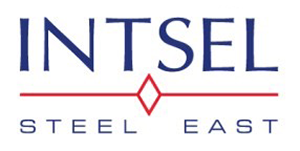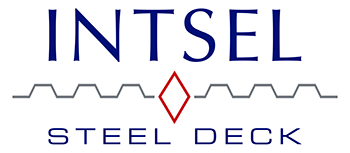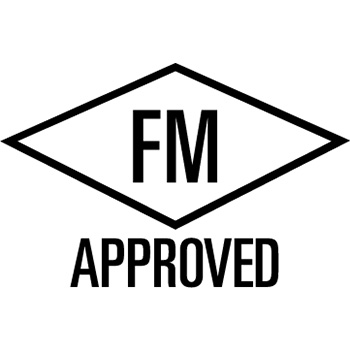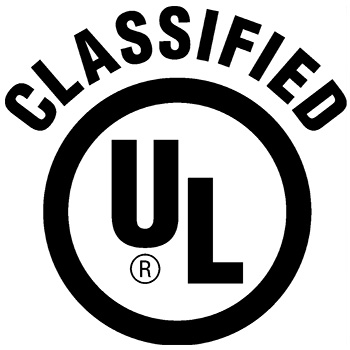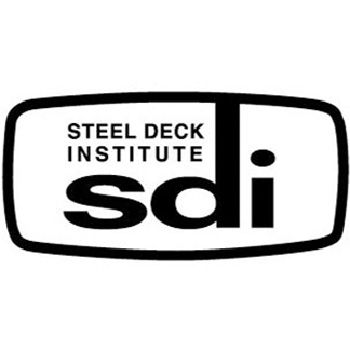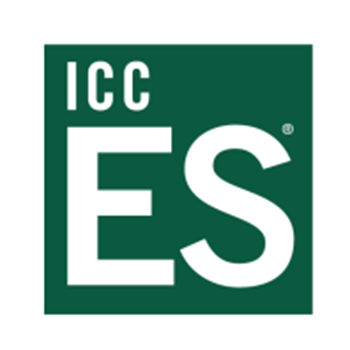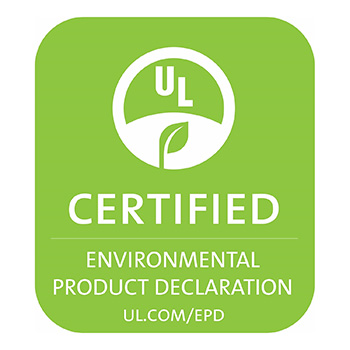What Is Hot Rolled Pickled And Oiled Steel?
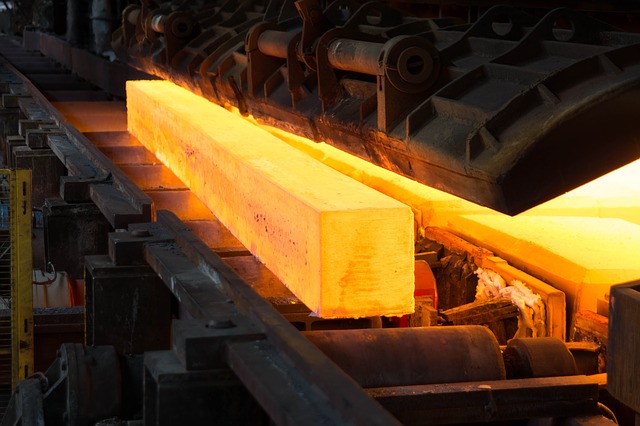
Did you know that steel is the most commonly used metal on earth? It is strong and versatile, and it’s produced and used in every part of the world. The Brooklyn Bridge, the Eiffel Tower, and the Empire State Building are just three of the countless steel buildings that you can find around the world.
Because steel is so common, it’s available in a wide variety of forms and finishes. Choosing the right steel for your project is important, but it can also be overwhelming. If you’re looking for durable steel that is paintable, economical, and useful in a wide variety of situations, hot rolled pickled and oiled steel is a great option for you.
What Is Hot Rolled Pickled and Oiled Steel?
Hot rolled pickled and oiled steel, or HRPO steel, is steel that has been processed to remove surface impurities. When traditional hot rolled steel is pickled and oiled, it becomes more durable and rust-resistant. HRPO steel is a popular choice for construction because of its impressive workability.
The Hot Rolled Pickled and Oiled Steel Process
There are three major parts of HRPO processing: hot rolling, pickling, and oiling.
Hot Rolling
Hot rolling is when steel heats up to a very high temperature (usually a scorching 1700 degrees Fahrenheit) until it reaches its recrystallization point. At this point, it appears red-hot and can be easily formed into new shapes. The heated steel squeezes through large rollers that form the hot, pliable metal into the desired shape and thickness. The steel is reshaped into sheets as it passes through the rollers and then cools.
This kind of hot rolled steel is very popular and is used in many different settings. You can find it in construction, train tracks, car parts, and more.
After the steel has been hot rolled, it has a flaky surface covered in something called mill scale. Mill scale consists of surface oxides like iron oxide. Oxides form a film on the steel and give it a rough finish and a grey-blue tint. If the scale is not removed, it makes the steel harder to work with and less durable. That’s where pickling and oiling come in.
Pickling
During the pickling process, the scale is removed from the surface of the steel with the help of acid. Hot rolled steel is placed in a Hydrogen Chloride acid bath until all scale, rust, and other impurities are stripped away. When the steel comes out of the acid bath, it is rinsed and washed with an alkaline solution. This neutralizes any acid that remains on the surface.
Oiling
After the steel is pickled and washed, it is completely exposed to the elements and runs the risk of rapidly corroding. This is called “flash rusting.” In order to prevent flash rusting, pickled steel is immediately dried and oiled.
Oiling is the last step in the HRPO process. The oil that is applied to the surfaces of the newly pickled steel helps to prevent rust and oxidation. Once the steel is oiled, it can sit in storage for a long time without rusting. Depending on how you are using HRPO steel, you might need to remove the oil before fabricating the steel.
Industry Uses for Hot Rolled Pickled and Oiled Steel
Hot rolled pickled and oiled steel is achieved by using a multi-step process. The hot rolled steel is plunged into a special solution of acid. This causes any scaling on the steel to come off and is referred to as pickling of the steel. The final preparation of the HRPO steel is oiling it to keep the surface free of rust and oxidation. Some of the industries that use this type of smoothed steel include:
Transportation
Every major form of transportation uses hot rolled pickled and oiled steel in one way or another. The automobile industry uses HRPO steel in part because of its welding and paint adhering capabilities. Auto parts like hinges and trim are frequently made from HRPO for weight, strength, durability, and safety. The shipping industry uses HRPO steel for beams, tubes, pipes, and grating. The aircraft industry uses hot rolled steel for fuel tanks and exhaust parts to alleviate most of the potential for rust and corrosion. The railroad industry uses hot rolled steel for tracks and different parts of the train cars.
Agriculture
HRPO steel is a favorite in the manufacturing of farm equipment like tractors and harvesters. Any machinery that could be a victim of the elements benefits from the qualities offered by hot rolled pickled and oiled steel. Coils and other parts of irrigation equipment last longer when made from RHPO steel.
Funeral and Burials
Hot rolled picked and oiled steel is often used for making caskets and various types of burial vaults. Steel offers the best protection from weather and other elements that might otherwise speed decomposition. The resting place of a loved one will be rust proof when made from hot rolled pickled and oiled steel.
Construction
One of the most commonly used areas of hot rolled pickled and oiled steel is in construction. HRPO steel offers the strength that skyscrapers and other commercial and industrial buildings require to uphold the safety of inhabitants and visitors to these structures. Hot rolled steel itself can help the buildings withstand weight, and the pickled and oiled steel parts of the process help to enhance workmanship, longevity, and sometimes aesthetics.
Steel suppliers take steel grades and overall metal processing methods into consideration when promoting their steel products. Your project managers can benefit from specs and industry numbers when shopping for the right type of steel for projects. Edging specifications can differ by job, and we offer specific edging to fit your job.
Advantages of Pickled and Oiled Steel
Pickled and oiled steel has a much cleaner surface than hot rolled steel that is not pickled or oiled. This clean and uniform surface is ideal for painting and enamel application. Other kinds of fabrication are easier with HRPO steel, too. For example, it is safer and easier to weld HRPO steel because there are fewer surface contaminants to worry about.
The oiling process enhances the rust resistance of the steel, so HRPO steel can form things like pipes and farm equipment. It has good longevity and can handle exposure to water and the elements. After the steel is oiled, it can sit in storage for longer periods of time without rusting or degrading.
HRPO steel is usually cheaper than cold rolled steel because of the comparative ease of the hot rolling process. Like all hot rolled steels, it also has good flexibility. It can be fabricated into many different shapes without cracking.
The pickling and oiling process is so effective that it is not just used with steel. Copper, bronze, and brass can also be pickled and oiled for better finish and longevity. These metals often use different chemicals in their pickling solutions, but the end result is the same.
When Should I Use HRPO Steel?
Construction projects use many different types of structural steel, and the steel you choose should be a good fit for your specific needs. Because HRPO steel is appropriate for many different applications, it is a popular choice.
HRPO steel is a great all-purpose steel. It is easy to cut and is useful for projects that require smaller steel pieces. It is also highly formable, which means that it can transform into beams, tubes, and other shapes without cracking or breaking.
HRPO steel is a good choice for things like shelves and machine parts, which are relatively protected from exposure. Because it is rust-resistant, it is also appropriate for things like car frames and farm equipment. Some other common uses of HRPO steel include construction, guard rails, truck frames, doors, wheel rims, and structural components like I-beams and sheet metal. The possibilities are almost endless!
We’ve Got the HRPO Steel You Need!
At Bushwick Metals, we’re proud to be experts on all things steel. Are you looking for hot rolled pickled and oiled steel? We can answer any questions you have and help you purchase exactly what you need for your project. We carry HRPO steel sheets, tubing, and more. Whatever your needs, we’ve got the metals for you.
Contact us today to find out why we pride ourselves on our customer service. We look forward to hearing from you.
